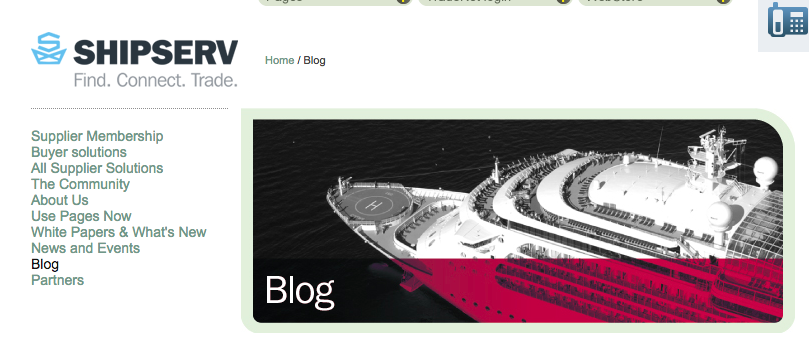The majority of B2B marketers believe in the value of content marketing. 93% have incorporated it into their strategy, and 51% rate their content marketing practices as “very mature.” But very few are seeing the return on their investment.
According to Forrester, an overwhelming 85% of marketers fail to connect content marketing activity to business value.
This major disconnect stems from the difficulty most marketers have shifting their messaging focus away from the product and toward the buyer.
“The majority of marketers find producing content that engages buyers to be a major challenge,” said Forrester’s Business Marketing Association Chair, Steve Liguori. “To create content that attracts and builds customer relationships…B2B marketers must make a fundamental shift from writing about features and benefits to delivering valuable information that drives business results.”
The following 3 case studies are proof that this shift to buyer-focused content is worth making.
1. UrbanBound

The Problem: UrbanBound, a B2B relocation management software company, wasn’t seeing the value of their broad, scattered content efforts. So, they decided to develop a content-rich, customer-focused campaign instead.
The Approach: To find out what topics to focus on, UrbanBound tapped information from sales to learn about customer pain points and frequently asked questions. The top customer concern? Creating a streamlined process and benefits package for relocating employees. They had their topic. So, they set out to create a variety of different content surrounding it, including:
- Multiple blog posts
- eBook
- Webinar (with slides posted to SlideShare
- Infographics
- Social messages
The Results:
- 37% increase in blog traffic
- 35% increase in leads
- 102% increase in marketing-qualified leads
- 66% increase in interactions (when someone reconverts and submits multiple forms)
2. Five9

The Problem: When Five9, providers of cloud contact center software, first started investing in content, they went with a product-centered approach that didn’t provide much value. The two videos they made, which were oriented around detailing the benefits of Five9 products, stopped producing leads and engagement after two or three weeks when the promotion budget died off.
The Approach: Five9 knew they needed to stop making content in a vacuum and start listening to what their customers actually wanted. And listening, it turned out, wasn’t so hard. In a survey, they asked their audience what kind of content they were most interested in receiving from Five9.
The results were conclusive. Buyers wanted help improving contact center agent efficiency. Once they had a theme, Five9 produced their first-ever content pillar: “Practical/Tactical: A Guide to the Process, Technology, and Tactics of Agent Efficiency.”
The Results:
The eBook drove:
- 4X the leads
- 4X the closed wins
3. ShipServ

The Problem: ShipServ, an e-marketplace for the marine industry, connects more than 8,000 ships, 200 ship owners, managers, and yards with upwards of 45,000 marine suppliers. In 2008, they realized their brand image was in trouble: their customers, who weren’t very tech-savvy, deemed them too impersonal and opaque.
The Approach: To help shake this perception, ShipServ dedicated the entirety of their small marketing budget toward customer-focused content. They revamped their website, launched a blog, published a series of whitepapers, created a LinkedIn group to build community, and worked on search engine optimization.
The Results:
- Website visitors increased by 59%
- LinkedIn and Twitter went from zero to the top 20 traffic sources
- Contact-to-lead (landing page contact) conversions increased by 150%
- Lead-to-opportunity conversions increased by 50%
- Campaign management costs decreased by 80%
- The number of sales-ready leads increased by 400%
- Measurable increase in brand awareness
Dedicating resources, budget, and manpower to content development is a great first step for B2B companies entering the content marketing space. But it’s not enough.
To see true business value, the content must be rooted in the customer.


